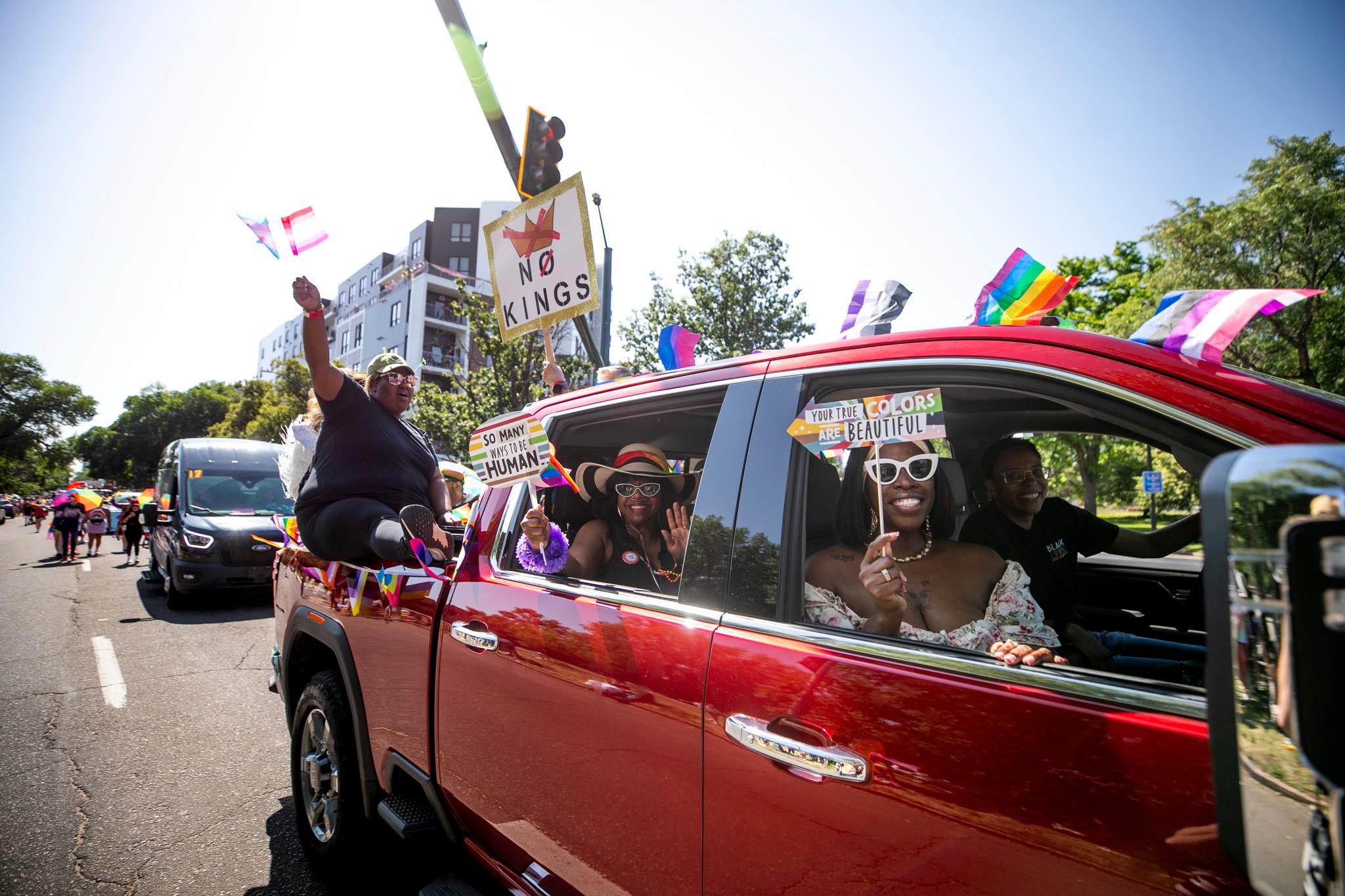
Congratulations, Denver! Gentrification has made the big time: the dictionary.
The tone-deaf marketing decision of Ink! Coffee to tout its gentrifier status on a sandwich board in front of its Five Points location and the subsequent protests and media coverage caused searches for "gentrification" and "gentrify" to surge.
Merriam-Webster noted the rise in search traffic for these words that are on the lips of so many people in Denver on its ever-relevant Twitter account.
And how does the dictionary define gentrification?
We define gentrification as “the process of renewal and rebuilding accompanying the influx of middle-class or affluent people into deteriorating areas that often displaces poorer residents,” and gentrify (in a transitive sense) as “to attempt or accomplish the gentrification of.” The former is the older word, apparently having been coined in 1964 by sociologist Ruth Glass. Gentrify began to see regular use in the early 1970s.
Here's Ruth Glass in London: Aspects of Change, describing 50 years ago exactly what we see today in Denver:
Once this process of "gentrification" starts in a district, it goes on rapidly until all or most of the original working class occupiers are displaced, and the whole social character of the district is changed.
Is that a bad thing? In the responses to Ink! Coffee's sign, some people have sneered at the notion that economic investment has any downsides. Earlier this year, longtime Denver residents described their feelings of displacement and disorientation as the city changes around them.
If you're not following Merriam-Webster on Twitter, why not?!? Their social media presence is one of the gems of our digital age and shows how the platform can be turned into an art form.












